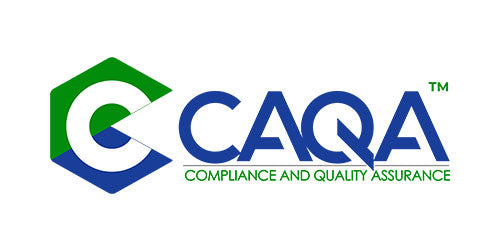Over the past 15 years, the Vocational Education and Training (VET) sector in Australia has experienced a dynamic and often turbulent journey. From political shifts and policy changes to the ongoing debate over public versus private education, the sector has constantly adapted to new challenges and opportunities. Throughout this period, we have learned valuable lessons about the complexities of VET and the importance of navigating a landscape marked by change.
Political Changes:
One of the most consistent features of the VET landscape is the impact of political changes. With each new government, both at the state and federal levels, comes a fresh set of priorities and policy directions. This can lead to significant changes in funding, regulation, and the overall focus of VET.
For example, Labor governments have historically been more supportive of public education and have often sought to limit the role of private providers in the VET sector. This can result in increased scrutiny and regulation of private providers, as well as changes in funding arrangements.
On the other hand, Liberal governments tend to be more open to private sector involvement in VET and may implement policies that encourage competition and innovation. This can create opportunities for private providers but may also lead to concerns about quality and the potential for market distortions.
State and Federal Policy Differences:
Another key challenge in VET is the potential for differences between state and federal policies. While the Australian Government provides overall funding and sets national priorities, individual states and territories have considerable autonomy in how they deliver VET.
This can lead to variations in course offerings, funding arrangements, and regulatory requirements. For example, some states may prioritise certain industries or skill areas based on their local economic needs, while others may have different approaches to quality assurance and student support.
Navigating these differences can be complex for both providers and students. It requires a deep understanding of the specific policies and regulations in each jurisdiction, as well as the ability to adapt to changing circumstances.
Private Education as a Political Target:
As mentioned earlier, private education providers have often been a target of political scrutiny, particularly under Labor governments. This can manifest in a variety of ways, including increased regulation, funding cuts, and public criticism.
While there are legitimate concerns about the quality and accountability of some private providers, it is also important to recognise the valuable contribution they make to the VET sector. Private providers offer a wide range of courses and often cater to niche markets or specific student needs. They can also be more responsive to industry demands and changes in the labour market.
Striking the right balance between public and private provision in VET is a complex issue. It requires careful consideration of the benefits and risks of each approach, as well as the needs of students and employers.
Regulatory Bodies and Political Influence:
Another important aspect of the VET landscape is the role of regulatory bodies. These bodies are responsible for ensuring the quality and integrity of VET provision, including course accreditation, provider registration, and compliance monitoring.
However, there are concerns that regulatory bodies can be susceptible to political influence and may prioritise the interests of their political masters over the needs of the sector. This can lead to regulatory decisions that are not always evidence-based or in the best interests of students and employers.
Furthermore, regulatory bodies may not always be equipped to keep pace with the changing needs and demands of the VET sector. This can result in outdated regulations and processes that stifle innovation and hinder the ability of providers to respond to new challenges and opportunities.
Recommendations:
Based on the lessons learned over the past 15 years, several recommendations can be made to improve the VET sector and ensure its continued relevance and effectiveness.
- Consistent and Evidence-Based Policy: It is essential to develop and implement VET policies that are consistent, evidence-based, and focused on the long-term needs of students and employers. This requires collaboration between governments, industry, and the VET sector to identify priorities and develop strategies that are aligned with national and regional economic goals.
- Harmonisation of State and Federal Policies: Efforts should be made to harmonise VET policies across states and territories while still allowing for some flexibility to address local needs. This would reduce complexity and confusion for providers and students and facilitate greater mobility and recognition of qualifications across jurisdictions.
- Fair and Transparent Regulation: Regulatory bodies should operate independently and transparently, based on evidence and best practice. They should be equipped with the resources and expertise to keep pace with the changing needs of the VET sector and to respond effectively to new challenges and opportunities.
- Balanced Approach to Public and Private Provision: The VET sector should embrace a balanced approach to public and private provision, recognising the strengths and weaknesses of each. This requires a level playing field for all providers, with clear quality standards and accountability measures in place.
- Focus on Innovation and Adaptability: The VET sector must be agile and adaptable, capable of responding quickly to changes in the labour market and technological advancements. This requires investment in innovation, new technologies, and the development of new skills and qualifications.
The past 15 years have been a period of significant change and challenge for the VET sector in Australia. Political shifts, policy changes, and the ongoing debate over public versus private provision have all contributed to a dynamic and often uncertain landscape.
However, through these experiences, we have learned valuable lessons about the complexities of VET and the importance of navigating a shifting landscape. By embracing consistent and evidence-based policy, harmonising state and federal policies, ensuring fair and transparent regulation, and fostering a balanced approach to public and private provision, we can build a VET sector that is responsive, adaptable, and capable of meeting the needs of students and employers in the years to come.











































